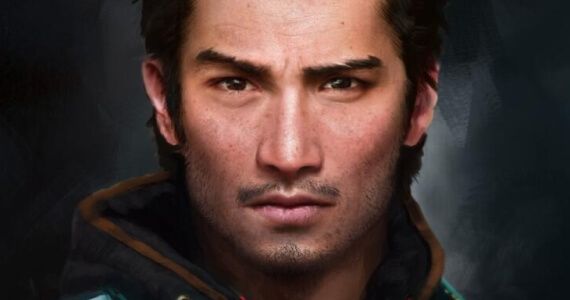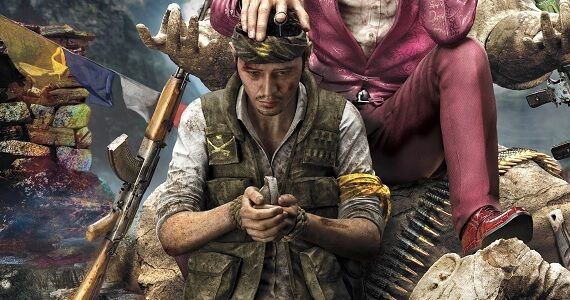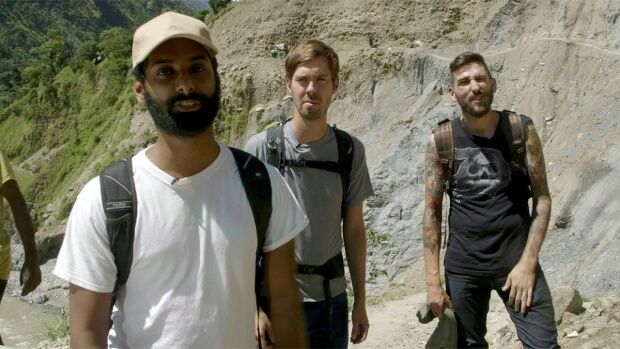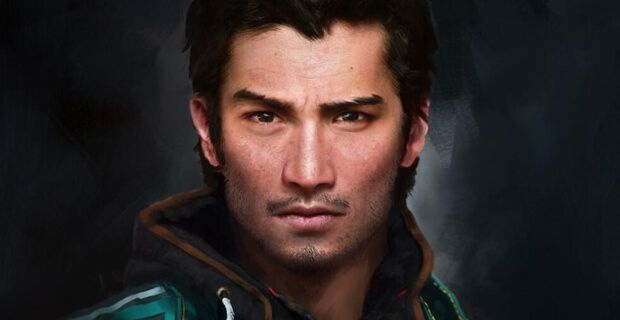It's not easy making a video game that draws from real-world influences, cultures, or even armed conflicts. That's a lesson learned by the team behind Far Cry 4, who in crafting their fictionalized version of Nepal sent members overseas to learn from the people and place firsthand. While their intentions may have been good, the public reaction has been... cautious at best, with some already taking issue with the elements of Nepalese culture not being adapted.
Narrative director Mark Thompson was one of the team members who explored Nepal for reference, and has spoken quite candidly about the series' faults in the past. And in a recent interview, Thompson explained to us that while concerns over representations of Nepal are to be expected (and justified), Far Cry 4's Kyrat is fictional for a reason. And if the people of Nepal had their history told in a video game, it wouldn't be Far Cry.
Cultural and racial sensitivity is higher than ever when it comes to AAA games, but after his work on Far Cry 3 (as lead level designer) Thompson conceded that the theme of a "white savior" was one that would have to be addressed for the sequel. After considering other locations for potential games, the team decided to take a fictional version of Nepal - a country embroiled in a civil war from 1996 to 2006 - and inject some Far Cry action and adventure.
Thanks to a series of developer diaries, fans (or skeptics) can see parts of Thompson and co.'s journey through Nepal as part of a VICE travel documentary team. The narrative director has previously touched on the fact that seeing Nepal up close showed just how unrealistic their early designs and concepts of the region had been:
"We had ideas for characters but they weren't fully formed. A lot of the reference we had done up to that point was what I would call second-hand. I watched a lot of documentaries on Nepal, but a lot of that stuff is almost ten years old. After the People's War ended, that's when everyone stopped paying so much attention.
Although the larger world may have come to define the region by its recent Communist uprising, the Ubisoft team realized that shaping Far Cry 4 around those same assumptions would be a missed opportunity:
"The country has thousands of years of super interesting history, but because that was the most recent moment in the spotlight it seemed like all of the stories about Nepal talked about the civil war. Honestly, I think that affected us and the story we were making at the time. I came back with a very different take; the idea of a civil war and politics isn't as prevalent in the story as it was before I went over there."
"I was meeting people who fought in the civil war, but they weren't politicians. They weren't involved in the ideology. They were people who were fighting for their own country. They were protecting their village, and their village was disconnected from Kathmandu and what was happening with the royal family."
It's interesting to point out the lack of political motivations in the armed conflict between Nepal's Maoists and the country's royal family; while western military games may find it simple to tell grand adventures of political madmen or fanatic soldiers, those tropes don't always hold up when placed into the real world. So when the team members returned home, the challenge of blending Far Cry's chaotic gameplay with the villagers who had joined an army at the age of fourteen became obvious.
Add the realization that many residents of the rural region were totally divorced from the political story that history may remember, and it was clear that using Nepal as inspiration would be more complex than expected. Therefore, the decision to fictionalize the country into the nation of Kyrat, Thompson explains, was as much out of respect for the game's limitations as it was to protect themselves from controversy:
"The focus of the game... see, I come from a design background rather than a narrative background. But as a level designer I've always been a storyteller, because I'm building an environment that tells its own story. So that's the philosophy I bring to story: it's more experience than it is a 'script.'
In the case of Far Cry 4, Thompson explains, applying the kind of message the game is built to send to the history of Nepal and its people was simply not possible:
"The important thing is that Far Cry 4 isn't set in Nepal, and there's a specific reason it's fictional. It's inspired by those people but... honestly, Far Cry is a ton of fun to play, right? We engineer fun, and the narrative gives that context. The gameplay mechanics and experience isn't built to properly tell the story of Nepal's history. That's not what I'm trying to do; that's not what we're trying to achieve.
"Honestly, before we went there it was. That's what we were trying to do a little more. But I came back with the idea that it's about interesting characters, and it's about a land full of a rich history despite its conflict. Despite what's happening, there is hundreds and thousands of years of history that's relevant, and pressing, and important to people."
Players will be able to interact with that history and mythology thanks to the game's Shangri-La missions, but as far as we're concerned, Thompson's team made the right choice. While it might be nice to see the people of Nepal done justice on a global, it's more important to know what kinds of stories your game is capable of telling.
Some might see that as making excuses for picking and choosing from one's inspiration, but Thompson and his team have no delusions of grandeur when it comes to game narrative:
"I don't want to make 'The People's War: The Video Game.'"
What do you think of Thompson's statement? Are you eager to see just how well the details and character of Nepal has been preserved in Kyrat, or do you wish Far Cry 4 had committed to a more realistic adaptation? Sound off in the comments.
Far Cry 4 will be available for PC, Xbox 360, Xbox One, PS3 and PS4 on November 18, 2014.
Follow Andrew on Twitter @andrew_dyce.




